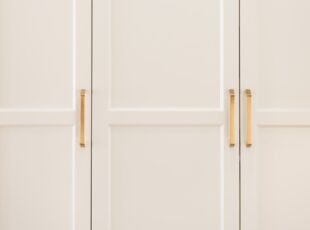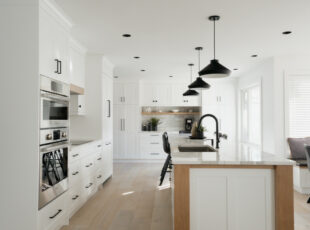Common Cabinet Terminology
YOUR KITCHEN RENOVATION DICTIONARY
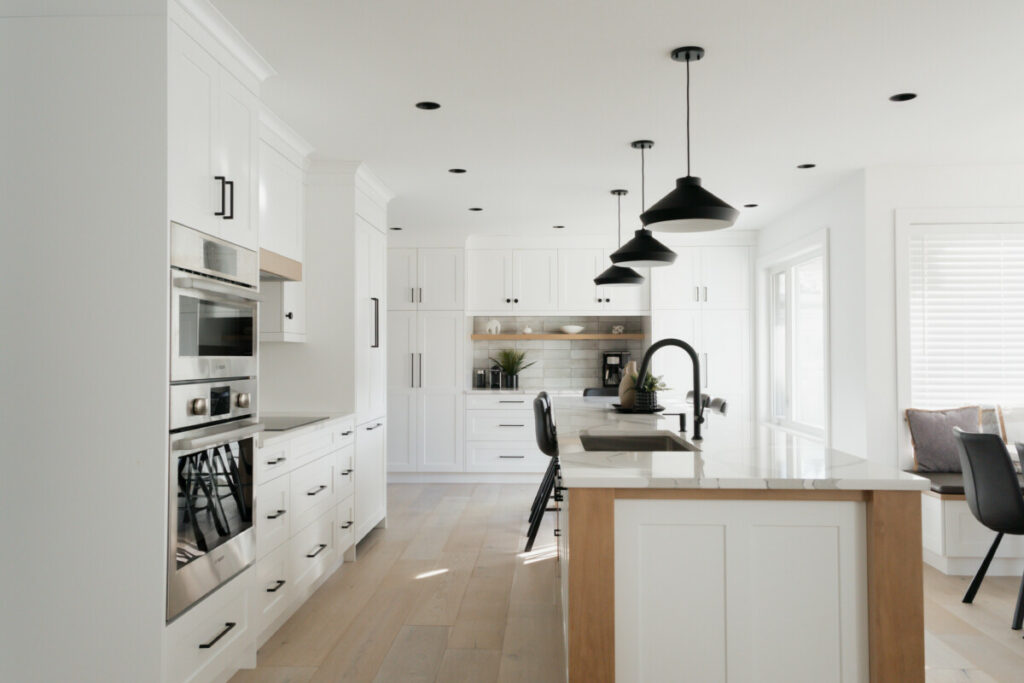
If you’re planning a renovation or a new kitchen design, it could be helpful to read up on cabinet terms in advance. This will be helpful when working with your kitchen designer as you’ll be able to communicate more easily when it comes down to material selections, upgrade options, and discussing layout.
Cabinet Box
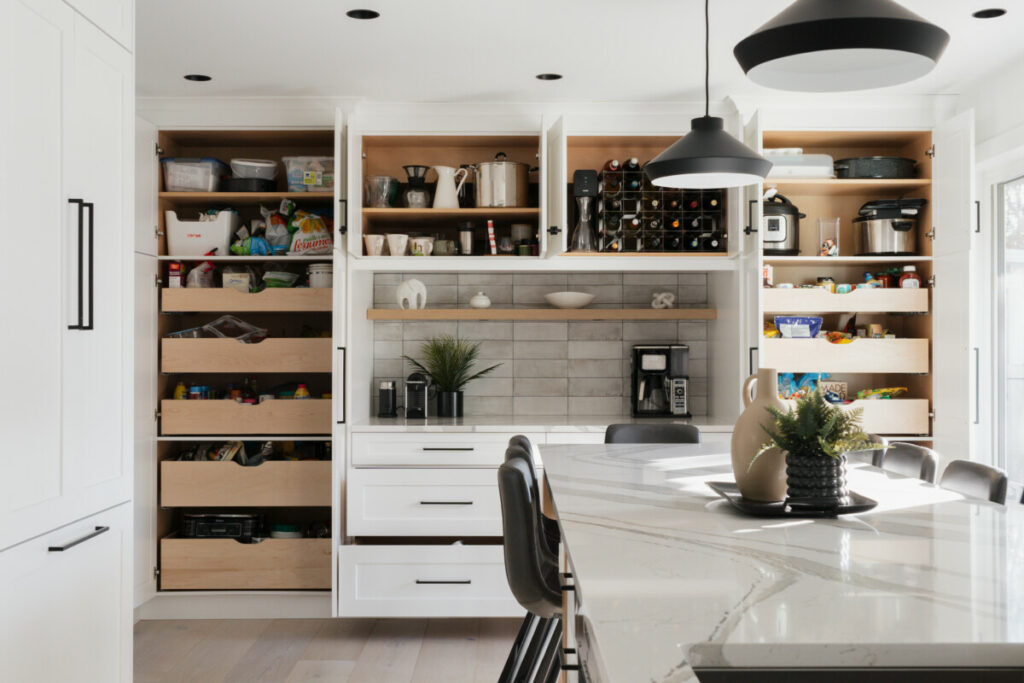
This may also be referred to as the “cabinet carcass”. This is the shape of the box of the cabinet, usually made up of sides, back, top and bottom. The cabinet door or drawers cover the front opening of the box. Some cabinet companies have boxes with full tops, whereas others may only have partial structure at the top. Common materials for cabinet box construction are fiberboard, or plywood.
Drawer Box
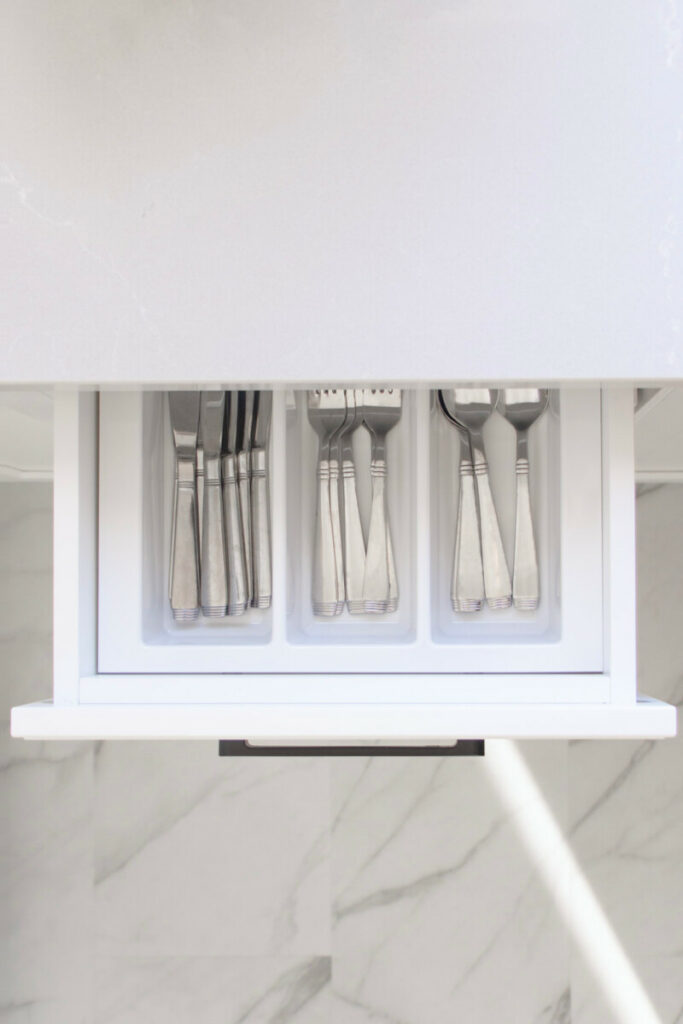
The drawer box creates the true size and shape of a drawer behind what you see from the outside front. It is made up of 4 sides, and a bottom panel. With some manufacturers, the 4th side of the drawer box is actually the decorative drawer front.
Dovetail
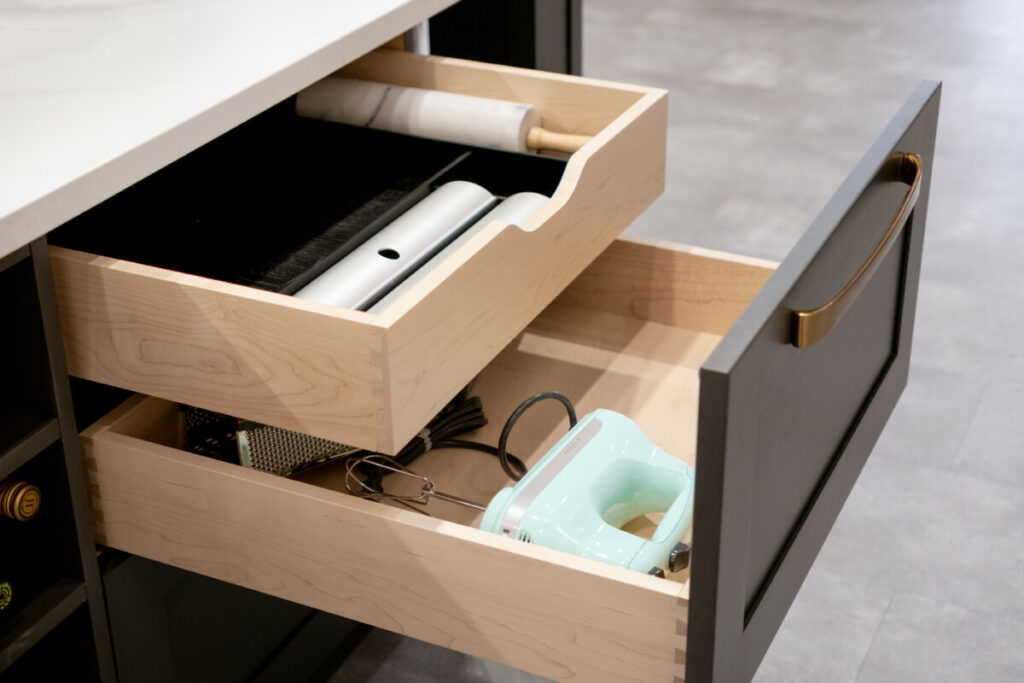
This is a type of interlocking corner joint often used for drawer boxes. One piece with pins fits tightly into another piece with sockets and “dovetail” together. This type of joint is known for great strength and long-lasting durability.
Door and Drawer Front
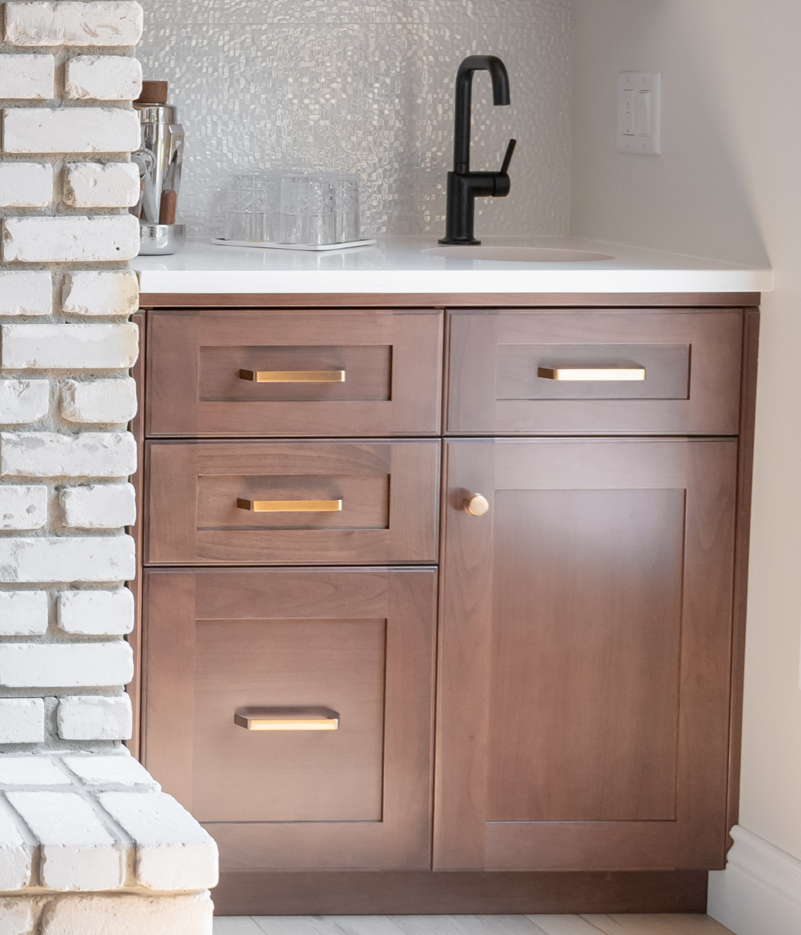
This is the visible front of a cabinet or drawer. With frameless cabinetry, doors and drawer fronts are all that you see from the front side of the cabinet. The cabinet box and frame may be made up of other materials depending on your selections and availability. The doors and drawer fronts will be made in the exterior finish you have selected.
Door Profile
The door profile refers to the type or amount of decoration you will select which has an impact on the overall style of your kitchen. Some common examples are: shaker style doors which have sleek, simple frames. Raised panel doors which are more traditional with a detailed center panel. Slab doors which are streamlined and work well for either contemporary or mid-century-modern styles.
Edge Profile
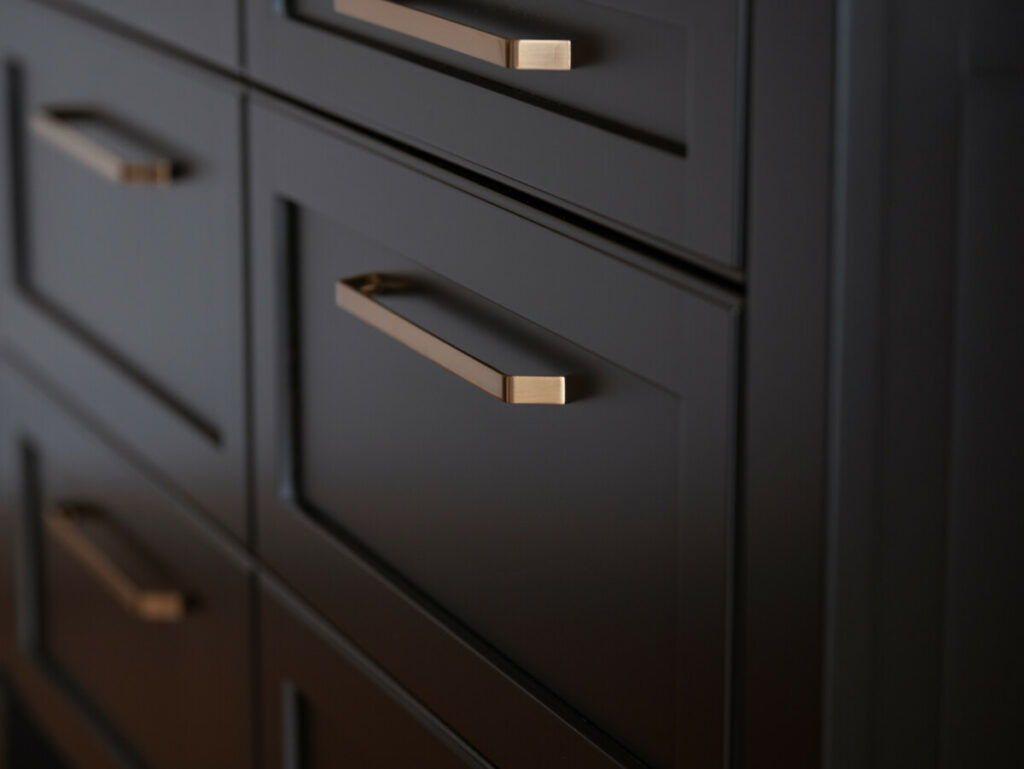
This refers to the detail running around the outer edge of the front of your door or drawer front. At Two30Nine, you can select your outer edge profile separately from your inner door profile to create something unique and perfect for your space.
Wood Species
The wood species of your cabinet is the type of material/ substrate that is used to make the doors and drawer fronts. Each wood species has different characteristics in regards to weight, hardness, woodgrain and texture. There are cabinet species outside of real wood as well, such as Melamine, Laminate, UV lacquer, and Thermofoil.
Veneer
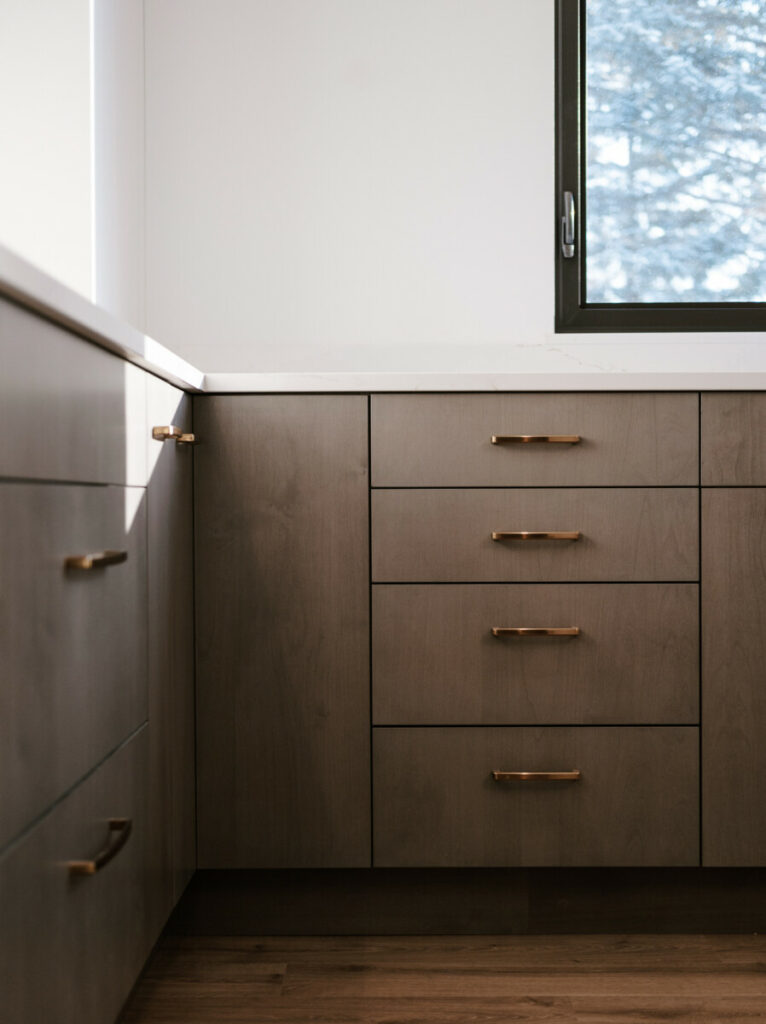
Veneer is a thin layer of real wood that is applied over another material such as plywood or fibreboard. This can be used for finished ends on the outside of cabinet boxes to ensure they match in exterior colour and woodgrain. Veneer is also often used for some door styles – usually slab or slim shaker – when you have a larger flat area of the door and want to guard against warping that can happen over time with solid wood.
Toekick
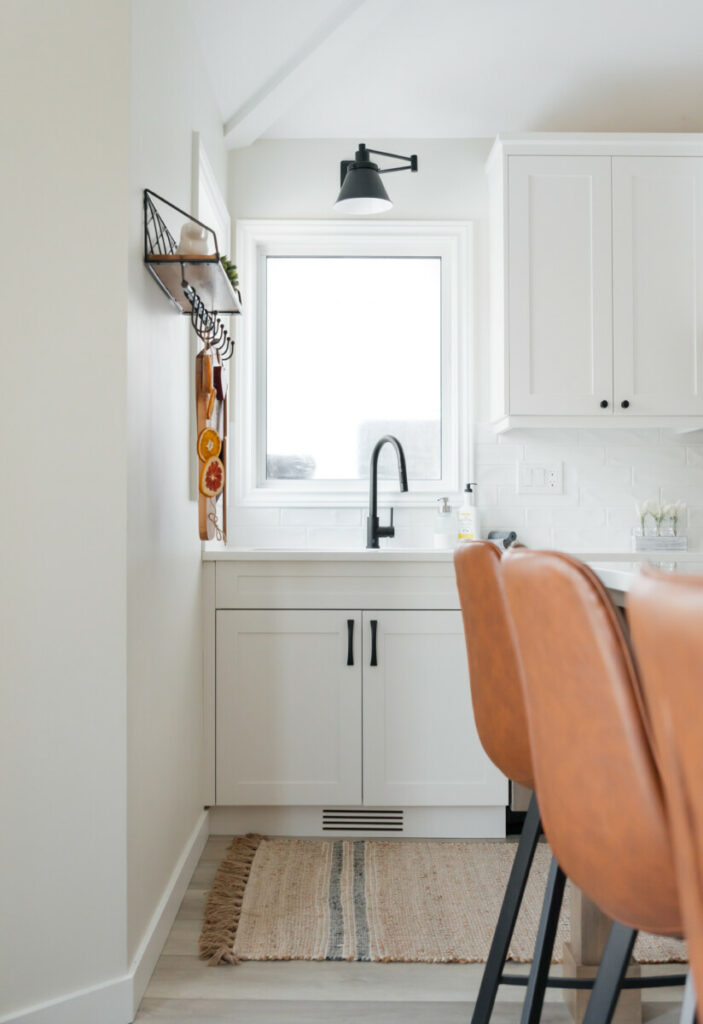
This is the bottom part of a base cabinet. The name comes from the slight indentation it provides as space for your feet to go when standing right against the front of a cabinet. Most kitchen cabinets will have this recessed area to accommodate toes, especially in work areas like cleaning and prep. Toekicks can be adjusted to be flush with the front of the cabinet as well for applications like the back of an island or peninsula where you want to have a more sleek appearance, and you won’t need the space for your feet.
Crown Moulding
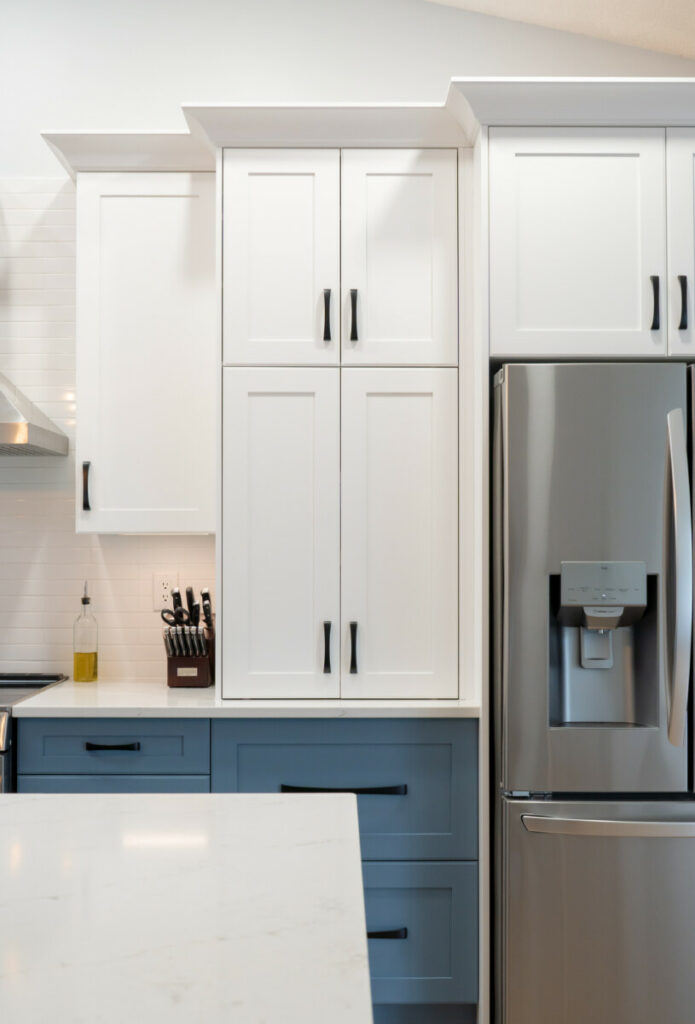
Crown moulding is a trim that goes on top of wall cabinets and upper cabinets. Sometimes it connects to the ceiling. There are many styles of crown moulding. They can either be angled and detailed for a more traditional feel, or simple and straight for a more modern style.
Filler
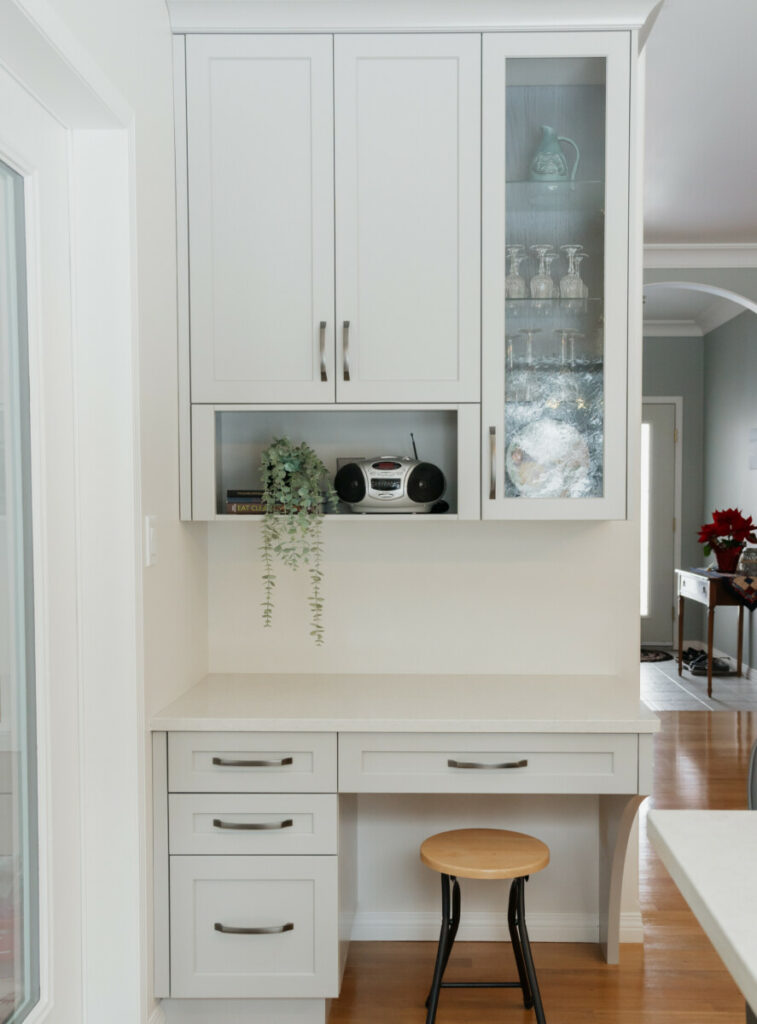
This is a straight piece of trim that fills gaps between cabinets and walls. Fillers are required with any design, because even in a new build, walls are never perfectly straight. Fillers should be scribed to the wall for a seamless appearance.
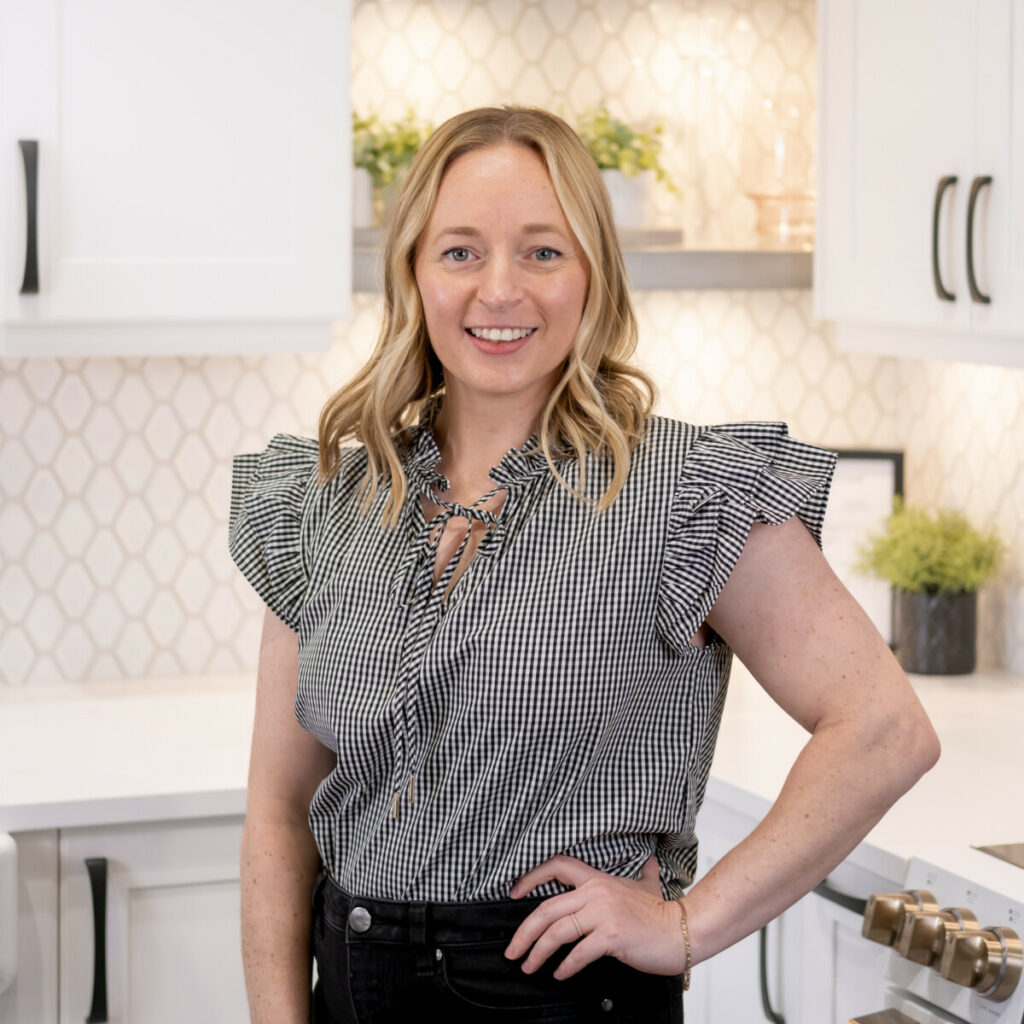
Julia Peterson
Julia got into kitchen design in 2017 after completing her bachelor’s degree in architecture at the University of Toronto. Her passion for design and home improvement is a lifestyle – living and breathing renovations, she is always working on something in her own home along with her husband and 3-year old son.
